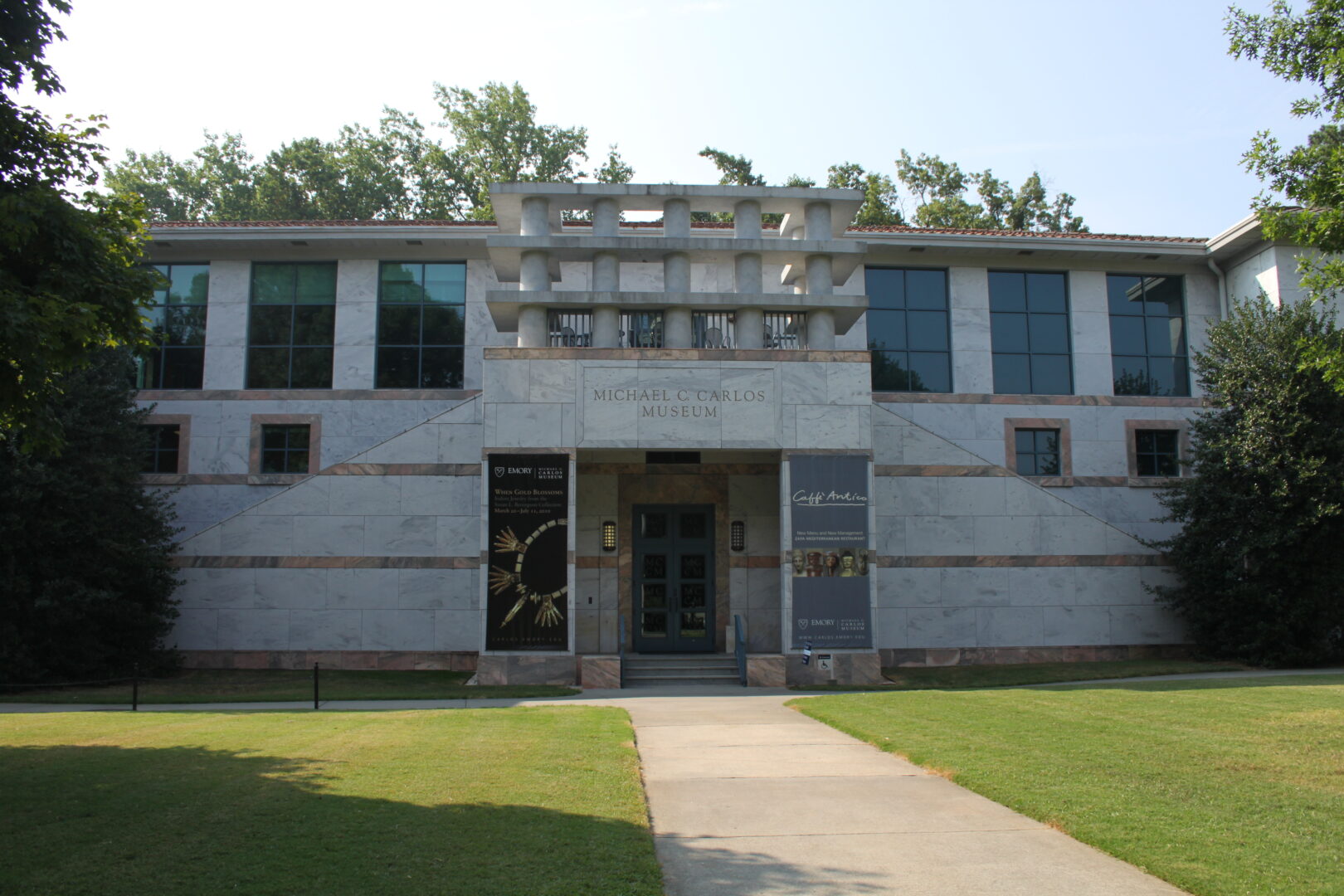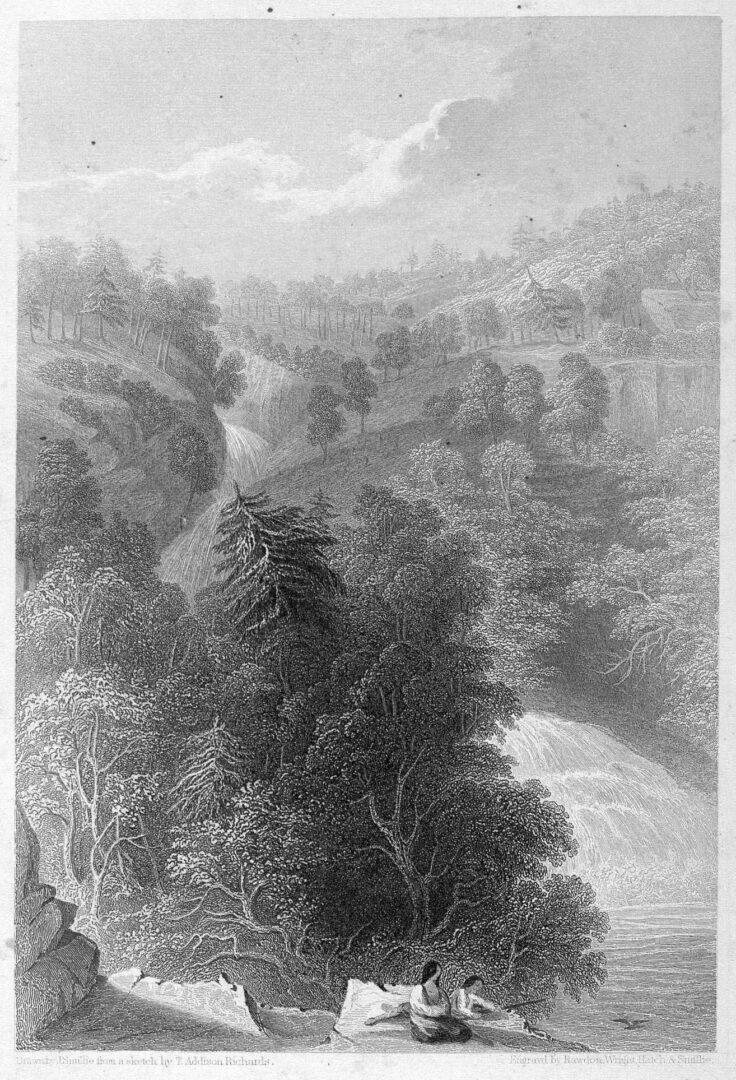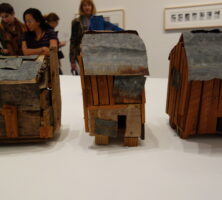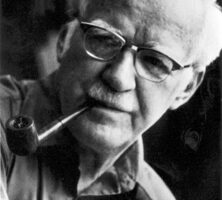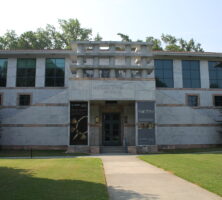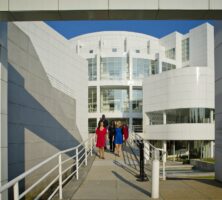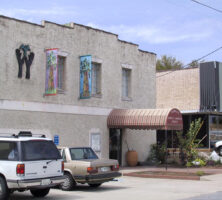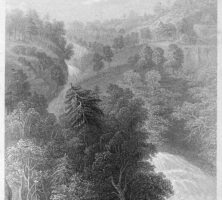The decade of the 1960s was the beginning of an auspicious period, which has since continued and flourished unabated in the history of contemporary visual art in Georgia. Any discussion of regional art in modern America should include the artists, who are the principal participants, as well as the dealers, museums, curators, critics, and collectors who interact with the artists in a symbiotic relationship. The various combinations of these relationships were particularly vital to the growth of the visual arts in Georgia after 1960.
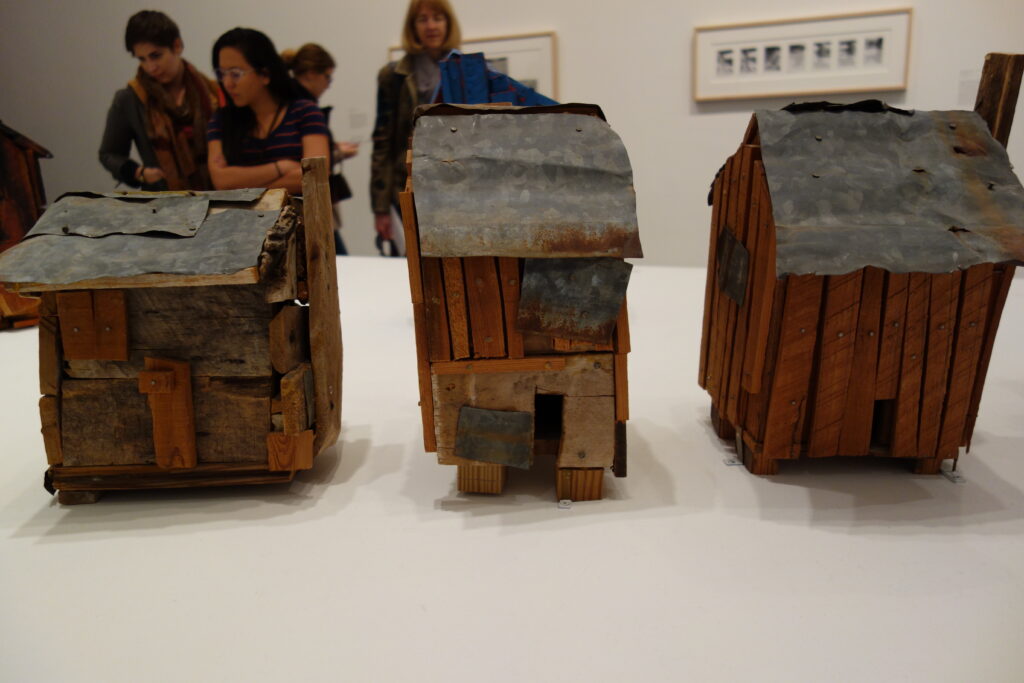
Image from Allison Meier
In the years just before 1960, only a handful of exhibiting artists were working in Georgia. Of these artists few were working in contemporary styles, and most were employed as teachers. Generally, their work was exhibited, if at all, in a small number of juried exhibitions or in their own institutional galleries, with the exception of Lamar Dodd, who was head of the art department at the University of Georgia (UGA) and exhibited widely. There was also a dearth of commercial galleries showing contemporary art. As early as 1957, Judith Alexander, with her New Arts Gallery in Atlanta, began bringing work by such important contemporary artists as Jasper Johns, Franz Kline, and Ad Reinhardt to Georgia in an attempt to educate regional collectors. Until her gallery closed in 1964, Alexander also showed contemporary Atlanta artists, including Ed Ross and Ben Smith.
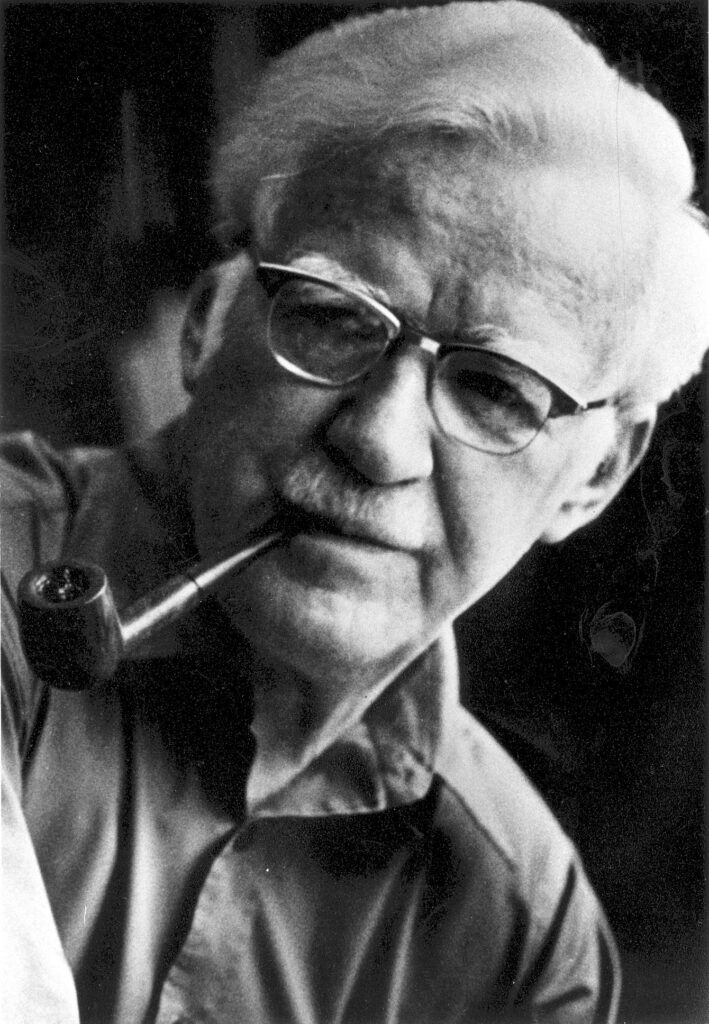
Courtesy of LaGrange College
This limited situation for contemporary artists in Georgia began to change with the appointment of Gudmund Vigtel as director of the High Museum of Art in Atlanta in 1963. Previously at the Corcoran Museum of Art in Washington, D.C., Vigtel brought to Georgia a strong interest in contemporary art. Two years later Emory University, also in Atlanta, established an art history department and staffed it with faculty, including Clark Poling and John Howett, who had expertise in contemporary art and criticism. Also in 1965, David Heath opened in Atlanta a commercial gallery devoted to contemporary art. The long-lived Heath Gallery exhibited both local and international artists, and exhibition catalogs for the gallery were written by experienced critics.
Art in Atlanta in the 1970s and 1980s
Major Museums
The period of the 1970s and 1980s was particularly fruitful for art in Atlanta. In 1972 the High Museum of Art, in what proved to be a groundbreaking event for the state, held an exhibition entitled The Modern Image, which included such important national contemporary artists as Carl Andre, Hans Haacke, Eva Hesse, Robert Morris, Claes Oldenburg, Andy Warhol, and many others whose work had not been seen before in Georgia. Another exhibition, The New Image, followed in 1975 and featured more major artists, including Mel Bochner, Joseph Kosuth, Dorothea Rockburne, and Robert Smithson. The two exhibitions were mounted for the primary purpose of educating the Georgia public about contemporary art.
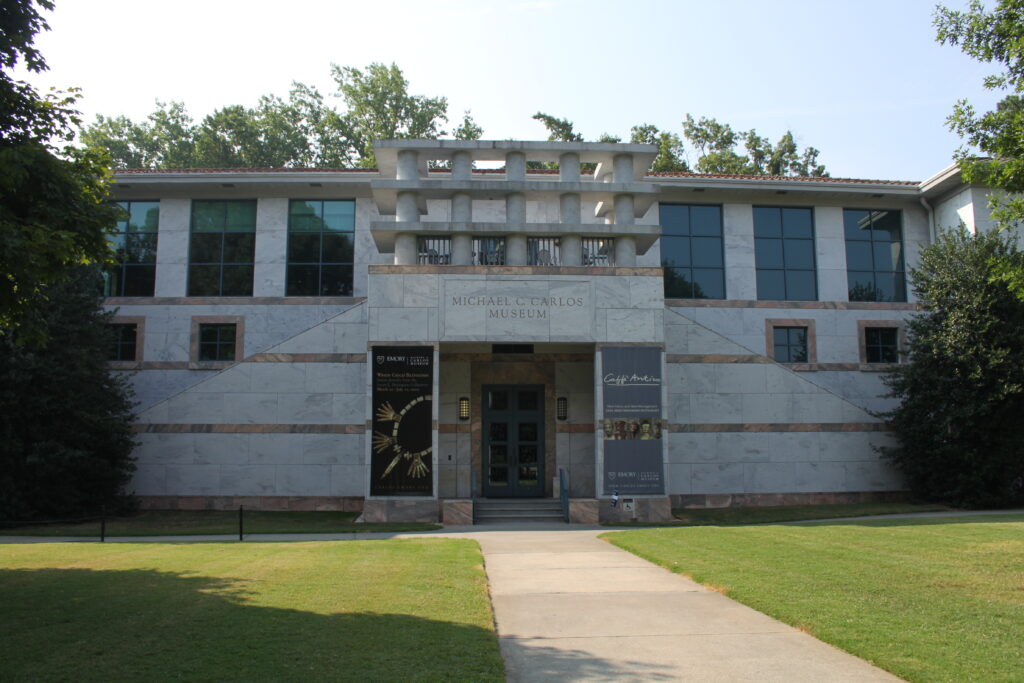
Image from Gary Todd
During this period Vigtel added important work by contemporary artists Carl Andre, Dan Flavin, and Frank Stella to the High Museum’s permanent collection. In 1976 Clark Poling, one of the Emory University art historians, curated Contemporary Art in Atlanta Collections for the High Museum, demonstrating for the first time that a growing group of local collectors existed in the city. In 1987 the Atlanta artist Genevieve Arnold curated a similar exhibition at the Emory University Museum of Art and Archaeology (later the Michael C. Carlos Museum). In 1980 Poling curated, again at the High Museum, Contemporary Art in Southern California, allowing Georgians to view the vibrant work being done in the West by such artists as John Baldessari and Ed Ruscha.
In the 1970s and 1980s the High Museum also held several one-person exhibitions with critical catalogs for artists living in Georgia, including Herbert Creecy, Martin Emanuel, Jim Herbert, and Ed Ross. In 1979 the museum sponsored The Avant-Garde: 12 in Atlanta, which gave several experimental artists a chance to have their work seen in the city’s major exhibition space. These artists—Maria Artemis, William A. Brown, Annette Cone-Skelton, Martin Emanuel, Julia A. Fenton, Jim Frazer, Judy Davids Henson, Medford Johnston, Katherine Mitchell, F. Alyson Pou, Stan Sharshal, and Dan R. Talley—were shown again five years later at the Heath Gallery. In 1982 an especially significant exhibition was sponsored by the Heath Gallery. Called Out of the South, it consisted of work by southern-born, nationally important contemporary artists Lynda Benglis, Jasper Johns, Keith Sonnier, Cy Twombly, and Jack Youngerman. The New York art critic Donald Kuspit wrote the accompanying exhibition catalog.
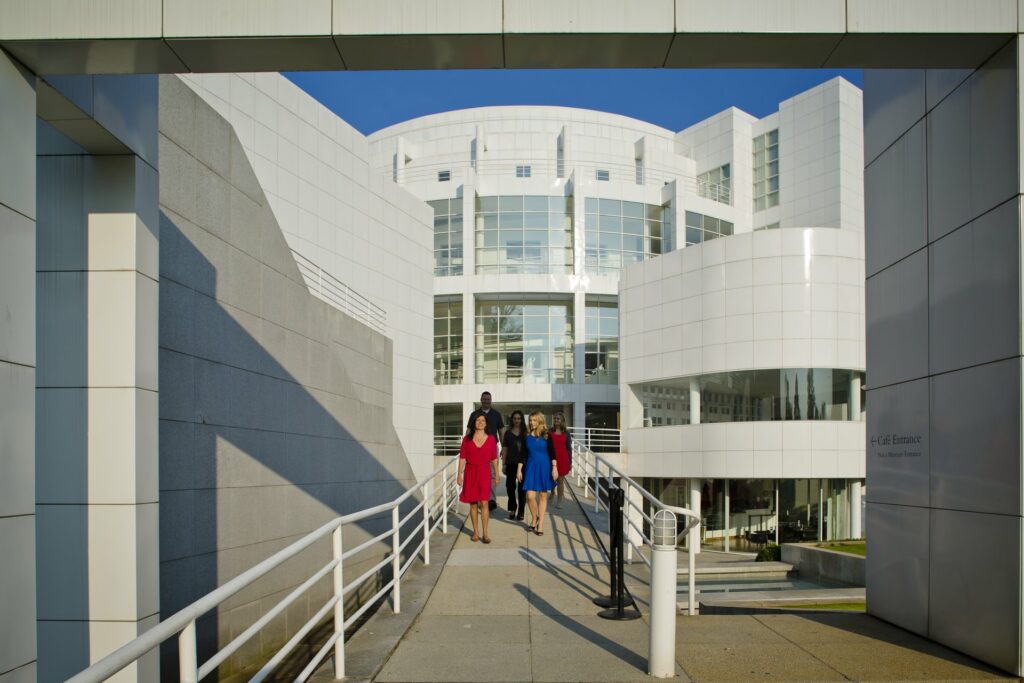
Courtesy of Explore Georgia.
Contemporary architecture in Atlanta received a boost with the building of two major museums in the 1980s: the new High Museum of Art by architect Richard Meier in 1983, and the Michael C. Carlos Museum at Emory University by architect Michael Graves in 1985. Both architects received awards from the American Institute of Architects for the structures.
Galleries
In 1978 the art pioneer Judith Alexander opened Alexander Gallery, the first Atlanta gallery to display work by southern folk artists. The gallery showed artwork by Ned Cartledge, Carlton Garrett, Mattie Lou O’Kelley, and Nellie Mae Rowe. The Signature Shop, run by Blanche Reeves, promoted work by regional craftspeople, and that effort was followed by a few other galleries devoted to crafts. Fay Gold and others opened galleries in the early 1980s for contemporary art. In 1981 Jeffrey Kipnis opened KIPNIS: Works of Art, a gallery that fostered the drawings of progressive local architects and works by many Georgia and southern artists, including Glen Eden, Jim Herbert, and Amy Landesberg.
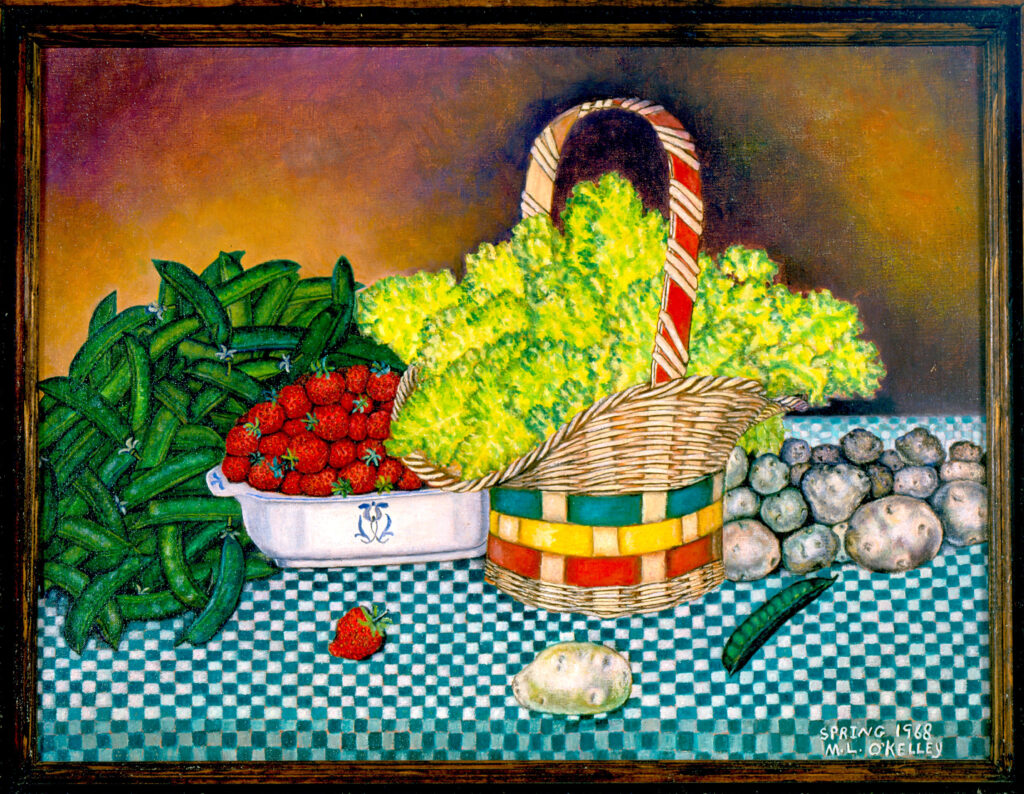
Reprinted by permission of High Museum of Art, Atlanta; 75.37
The Nexus Gallery was formed in 1973 by the local photographers Jim Frazer, John McWilliams, and others in order to show works by the growing number of excellent photographers in the state. The gallery later absorbed the interests of the pioneering alternative gallery run by the Atlanta Art Workers Coalition (1976-82), and Nexus then became a venue for contemporary art, photography, and artists’ books. Nexus Gallery later evolved into the Atlanta Contemporary Art Center, but Nexus Press, which was responsible for the artists’ book productions and had independently gained an international reputation, kept its name.
Art Publications
In 1977 David Heath published the first contemporary art journal in Georgia, Contemporary Art/Southeast, in order to promote art criticism in the region. That same year the Atlanta Art Workers Coalition Newsletter, edited by Laura Lieberman, began publication, and in 1978 it was replaced by the Atlanta Art Workers Coalition Newspaper, which also encouraged the growth of art criticism in Georgia. Atlanta Art Papers, established in 1980, grew out of both of the earlier journals. The name changed to Art Papers in 1981 and has since developed into a nationally important journal of art criticism.
Art Festivals and Installations
During this era the Arts Festival of Atlanta sponsored curators for exhibitions of regional and national environmental or site-specific art. In 1976 the High Museum, as part of the country’s bicentennial celebration, brought a collection of contemporary sculpture by regional and national artists to Atlanta’s Central City Park (later Woodruff Park), and the museum was able, with the help of a federal grant, to commission the sculptor Isamu Noguchi to design Playscapes, his first permanent children’s playground, for Piedmont Park. In 1979 George Trakas, a well-known site artist from New York, was brought to Emory University to build, with a grant from the NEA, a permanent installation in the wooded area next to the Carlos Museum.
Artists, Art Departments, and Art Exhibitions
After 1960, a community of artists, especially revolving around colleges and universities, began to grow in the state. College art galleries in Georgia usually exhibited work by faculty members, but they often gave similar opportunities to other Georgia artists as well. Agnes Scott College, the Atlanta College of Art, Georgia State University (GSU), LaGrange College, Spelman College, and UGA were among those institutions that displayed the work of contemporary artists.
Influential heads of the largest art departments in the state included Joel Reeves at the Atlanta College of Art, Joseph Perrin at GSU, and Lamar Dodd at UGA. Besides being accomplished artists themselves, they and their successors also recruited for their faculties several excellent artists, including Martin Emanuel and Ed Ross at the Atlanta College of Art, Medford Johnston and James Sitton at GSU, and Jim Herbert, Andy Nasisse, and Howard Thomas at UGA, all of whom worked in contemporary modes. Important visiting artists, such as Elaine de Kooning at UGA, have had residencies at various Georgia art departments. The faculty artists at these institutions formed the core of a growing community of artists throughout Georgia, in tandem with a growing number of galleries, critics, and collectors.
From time to time, juried biennial exhibitions entitled the Georgia Artists Show were shown at the High Museum, the Lamar Dodd Arts Center at LaGrange College, the Museum of Arts and Sciences in Macon, and a few other institutions around the state. From 1942 to 1970 an important national juried exhibition of works by African American artists was sponsored annually by Atlanta University (later Clark Atlanta University), from which that university’s unique collection was formed. Although no longer held, the Atlanta University exhibition, spearheaded by Hale Woodruff, was a pioneering effort to promote the work of Black artists from around the country.
Art in Georgia after the 1980s
Since the fertile period of the 1970s and 1980s, there has been an extraordinary growth of art museums and galleries in Georgia. In Atlanta the Museum of Contemporary Art of Georgia, with its concentration on artists from within the state, is a significant contribution to the future of the visual arts in Georgia. The initial holdings, comprising the donated corporate collection of the Georgia-based CGR Advisors, includes the work of Benny Andrews, Beverly Buchanan, Amy Landesberg, Ed Moulthrop, and many other artists of equal importance who are associated with Georgia.
In 2005 Richard Meier’s High Museum in Atlanta was expanded by another modernist architect, Renzo Piano, making it the only building in Georgia to be designed by two internationally famous, award-winning architects. The Carlos Museum at Emory has twice been expanded and renovated by Michael Graves since its original construction. The galleries at the Atlanta College of Art (later Savannah College of Art and Design) and Georgia State University and the city-funded City Gallery at Chastain continue their programs of exhibitions. The Hammond House in Atlanta exhibits work by African American artists, and the William Breman Jewish Heritage Museum in Atlanta focuses on art involving Judaic subjects. The 2000 Whitney Biennial in New York included Atlanta artists, and the National Black Arts Festival, which features art and artists of African descent and includes dance, film, music, theater, and literature, has taken place annually in Atlanta since 1988.
Alternative spaces in Atlanta have been essential since the 1960s for providing emerging artists with places to exhibit their work. Such spaces are usually orchestrated by the artists themselves and by their very nature come and go as the energy and financing of the founders waxes and wanes. At the beginning of the new century several alternative spaces, such as Eyedrum and Art Farm, opened in the city.
Since the demise of the Heath Gallery in 1998 and despite economic difficulties, commercial art galleries in Atlanta have experienced significant growth, due to the increasing presence of art collectors in Georgia. Although some galleries have closed, the Fay Gold Gallery in Atlanta has persevered, and others appeared that exhibited Georgia artists alongside artists with more international reputations. These galleries included Solomon Projects, Sandler Hudson, the Lowe Gallery, Marcia Wood Gallery, the Kiang Gallery, and others in Atlanta. The Barbara Archer Gallery carries on the tradition of Judith Alexander by showing the work of southern folk artists, and Jackson Fine Art in Atlanta remains one of the most important galleries of photography in the country.
Architects in Georgia, encouraged by the designs of the High Museum and the Carlos Museum, became increasingly innovative and began to be recognized worldwide. Besides the pioneering work of John Portman in Atlanta, the award-winning firms of Mack Scogin Merrill Elam; Thompson, Ventulett, Stainback, and Associates; and several others have gained increasing attention.
Outside of Atlanta there has been increasing activity. After moving to East Campus in 1996 from the historic quadrangle on North Campus, UGA’s Georgia Museum of Art in Athens, the state’s official art museum, completed an expansion and remodeling in 2011. The renovation was directed by Gluckman Mayner Architects of New York, in collaboration with Stanley Beaman and Sears of Atlanta.
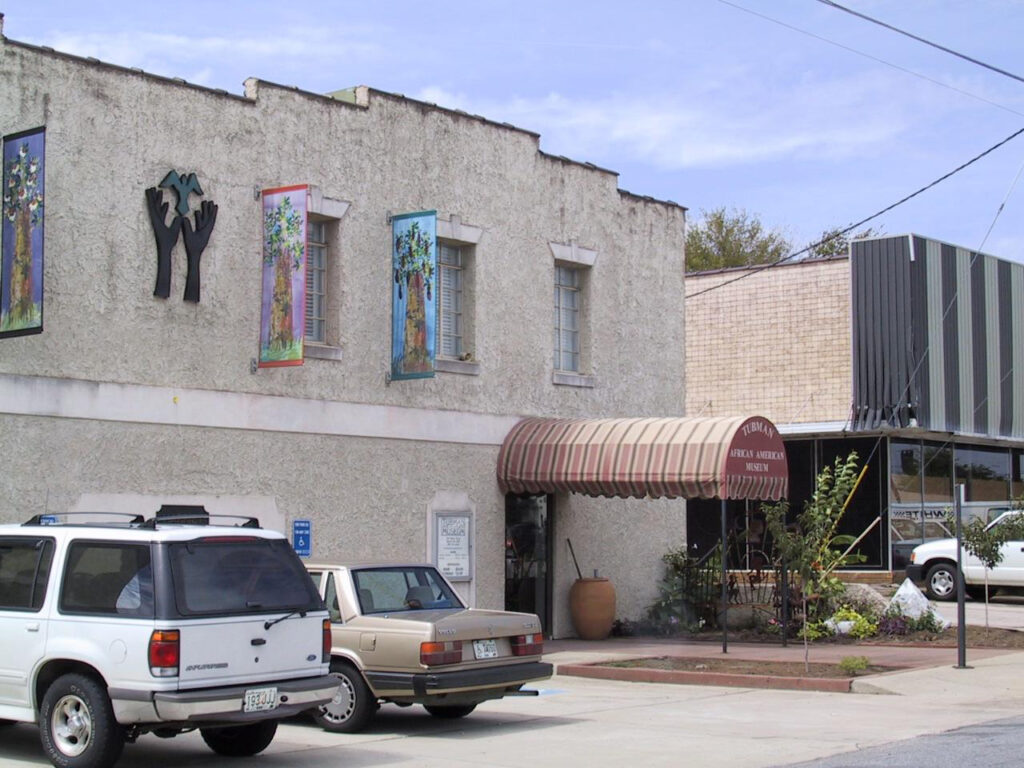
Courtesy of Tubman African American Museum.
In Macon the Tubman African American Museum began construction in 2001 of a new building, and Brenau University in Gainesville, with its strong program of contemporary art, expanded its exhibition area in 2002. Telfair Museum of Art (later Telfair Museums) in Savannah opened the contemporary Jepson Center in 2006, adding to its existing historic Academy building and its Owens-Thomas historic house.
The Columbus Museum and the Morris Museum of Art in Augu
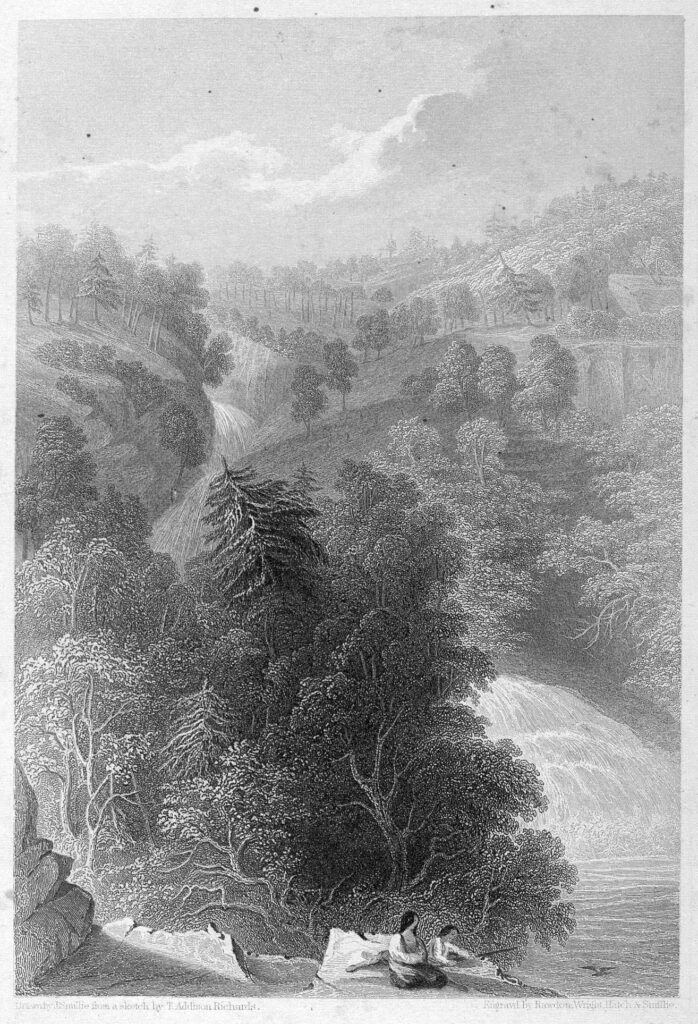
Courtesy of Columbus Museum








